The agency anticipates a challenging operating environment for the industry due to softness in steel prices, high input costs, a temporary slowdown in domestic demand growth around the elections, and unfavorable global economic conditions.
With many major steel-consuming markets globally experiencing sluggish economic activities, there has been a shift in global steel trade flows towards high-growth markets like India. ICRA predicts that India will become a net importer of finished steel in FY24 for the first time in five years, with export prospects remaining weak. Unless there is a significant improvement in the external environment, India could continue to be a net steel importer in FY25 as well.
The expected slowdown in domestic steel consumption growth for FY25, to 7-8 percent from the estimated 12-13 percent in FY24, marks a departure from the rapid growth seen in previous years. Between June and November 2023, fueled by increased infrastructure spending ahead of elections, domestic steel demand grew by approximately 16 percent compared to the same period in the previous financial year, leading to a decade-high industry capacity utilization of 88 percent in FY24.
However, recent data for December 2023 and January 2024 indicates a significant slowdown in consumption growth to just 6.5 percent, suggesting soft demand over the next two quarters as government spending moderates during the election period.
On the cost front, higher coking coal consumption costs and a substantial increase in domestic iron ore prices since August 2023 are expected to impact the industry's profitability in the second half of FY24. ICRA forecasts over 500 basis points contraction in margins sequentially for primary producers in Q4 FY24.
Despite capacity expansions planned in the industry, with 15.3 million tonnes per annum (mtpa) commissioned between FY21 and FY23 and an additional 38.5 mtpa expected between FY24 and FY27, earnings are projected to remain under pressure in FY25.


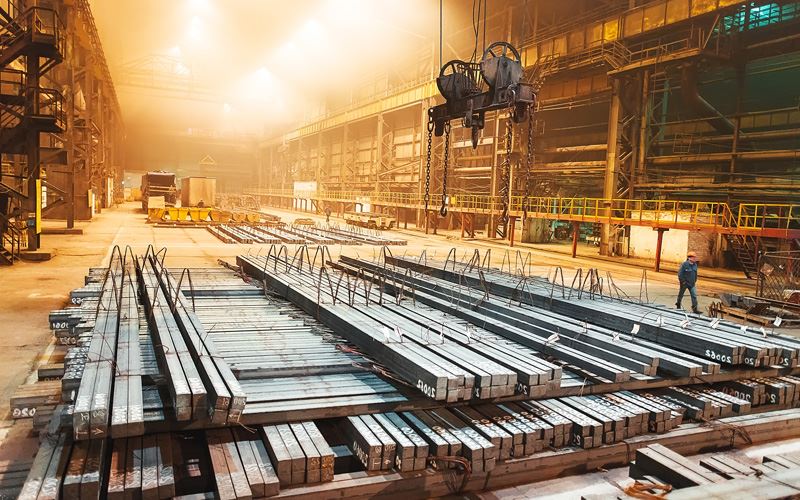

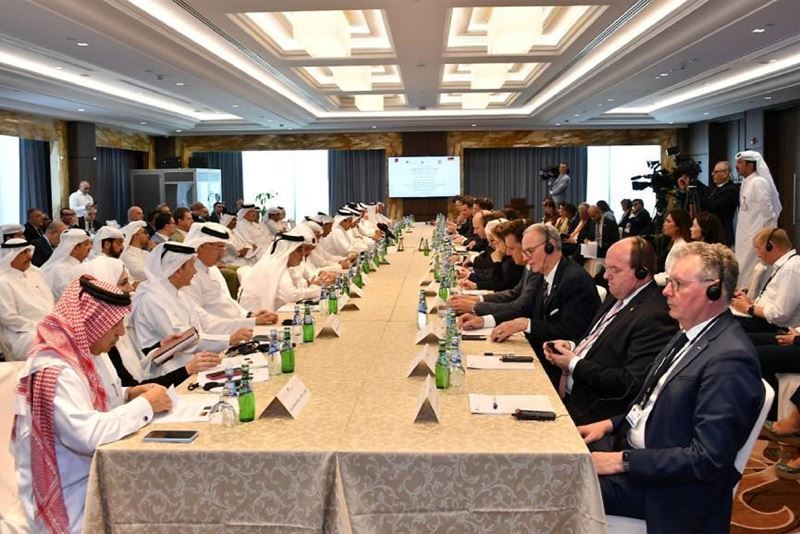
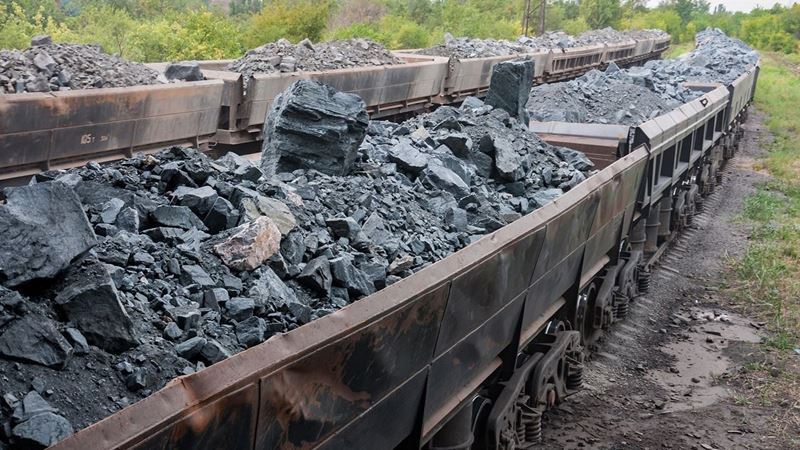
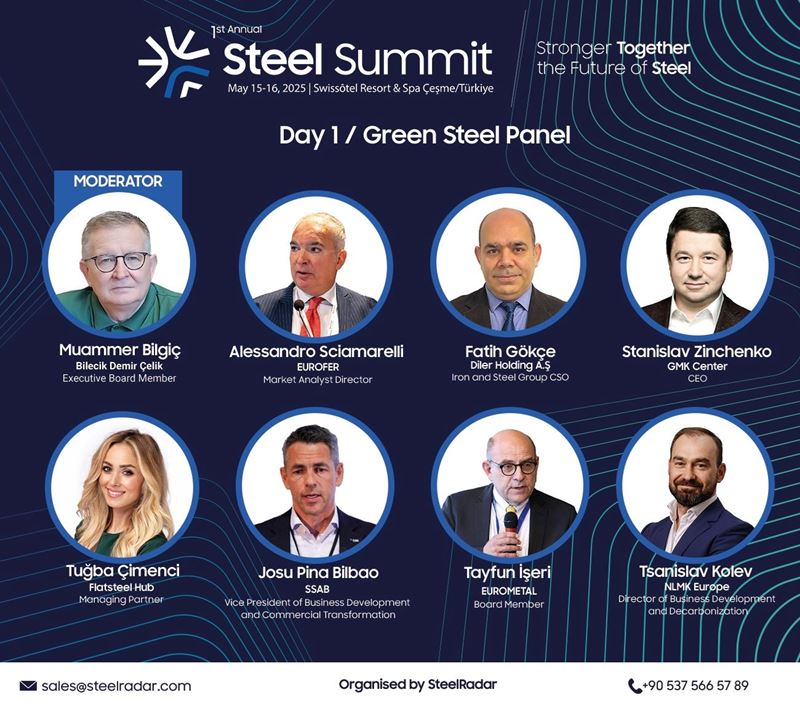
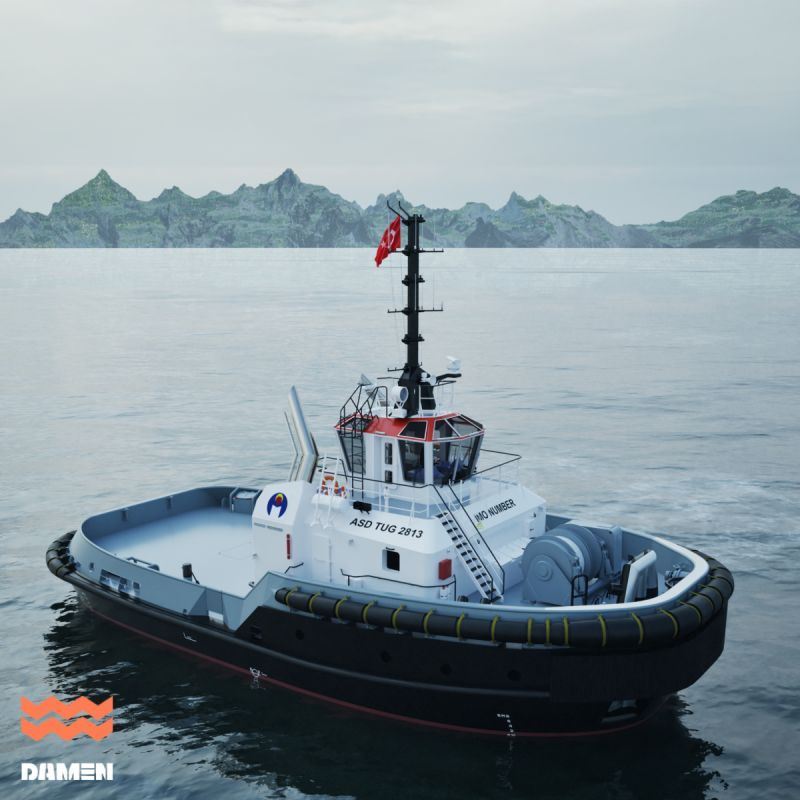



Comments
No comment yet.